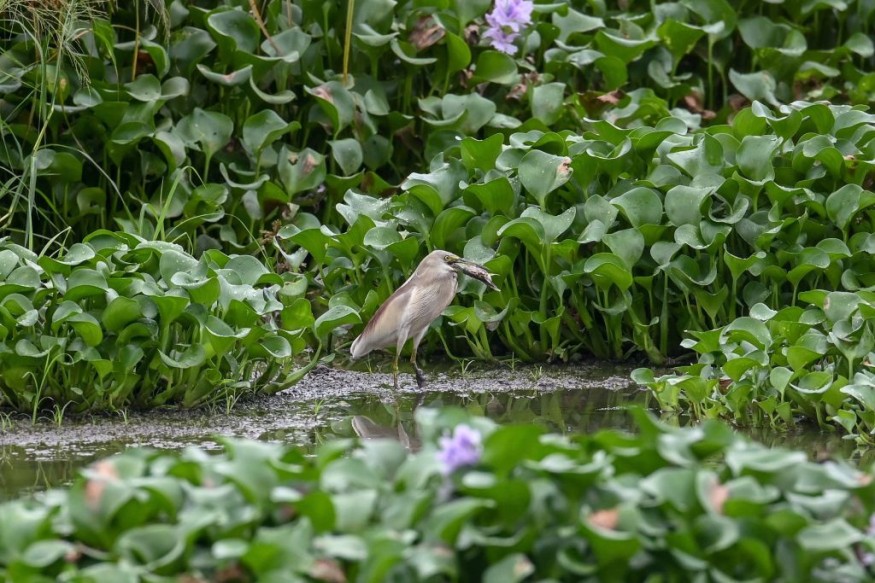The evolution of life following abiogenesis since Earth formed about 4.5 billion years ago have long been contested by scientists.
Now, a new study led by the United States showed that a crucial step in the evolution of life may have taken place in the air.
Based on a new experiment, a series of chemical reactions between the boundary of water and air kicked off the development and propagation of life.
The new research retains water's vital role when it comes to early organic reactions on Earth.
However, it suggested that the ocean billions of years ago released microdroplets in the form of sea spray, creating the essential chemical bonds for the evolution of life.
After all, this context is under the premise that living organisms rely on certain elements in the atmosphere to survive, including oxygen.
Air-Water Interface

The new findings about the evolution of life were published in the journal Proceedings of the National Academy of Sciences (PNAS) on Monday, October 3.
Researchers from Purdue University in West Lafayette, Indiana, which highlights that aqueous microdroplets allowed abiotic synthesis and chain extension of unique peptide isomers from unrestricted amino acids.
The study emphasized that enzymes are necessary for protein synthesis in vivo since dehydration in water giving amide bonds is highly unfavorable.
However, certain chemical or environmental conditions that allow the abiotic production of peptides in aqueous environments are a prerequisite for scientifically accepted origin of life chemistry.
Amide bonds are the links in a series of amino acids that serve as the foundation of a myriad of components crucial to life.
Some of these components includes peptide, which are short strings of amino acids, and proteins, which are longer strings of amino acids that takes the form of enzymes, according to Science Alert.
The research reported a unique reactivity of free amino acids along the boundary of water and air or air-water interface of micron-sized water droplets that paves the way to the formation of peptide isomers in a level equivalent to millisecond timescale.
This rationale supported the notion that abiogenesis can also take place not only in water but also in the air under the context it takes place under ambient conditions.
What is Abiogenesis?
Abiogenesis or the origin of life, as mentioned earlier, is the emergence and propagation of life from non-living matter.
Prior to the PNAS study, prevailing research suggested that the presence of oxygen in the atmosphere is a crucial element that supported the earliest life forms, which were microscopic organisms or microbes that left their signals about 3.7 billion years ago, according to the Smithsonian Institution - National Museum of Natural History.
Following the Great Oxidation Event or the outburst of oxygen into the atmosphere around 2.4 billion years ago, the so-called boundary between water and air, as well as the chemical reactions, likely worked together that led to the evolution of life, as what the new study implies.
© 2025 NatureWorldNews.com All rights reserved. Do not reproduce without permission.





